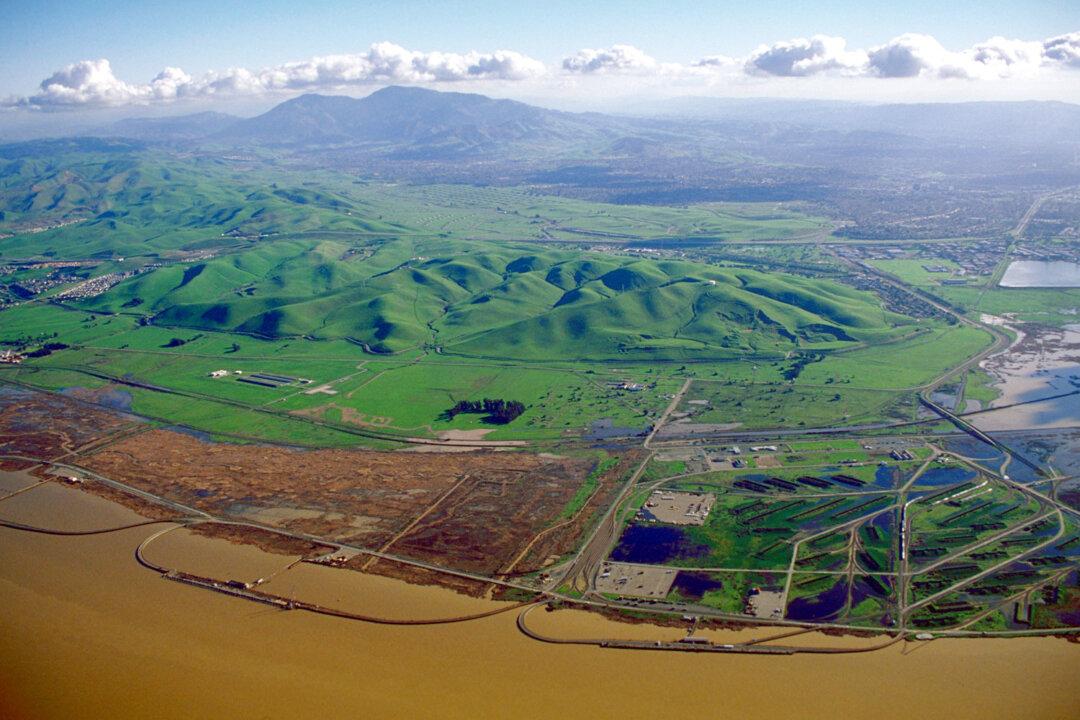California’s San Joaquin Valley, already considered one of the most polluted air basins in the United States, is being further polluted by secondhand smog from outside the state’s borders.
Approximately 10 percent of ozone pollution in the area is estimated to be coming from Asia and other international sources. The findings serve as an example of how air quality is a global—not just local—problem, researchers say.
“To me, it’s an exciting new chapter of how we think of air pollution,” says Ian Faloona, an atmospheric scientist at University of California–Davis. “How do we deal with this not just as an air district of a couple of counties, but as a nation and a global citizen of the planet?”
It’s Your Backyard
“Traditionally, air pollution has always been considered an issue to be handled locally, ‘It’s your backyard, it’s your problem.’ But we’re going to have to treat air pollution to some extent how we treat greenhouse gases.”




